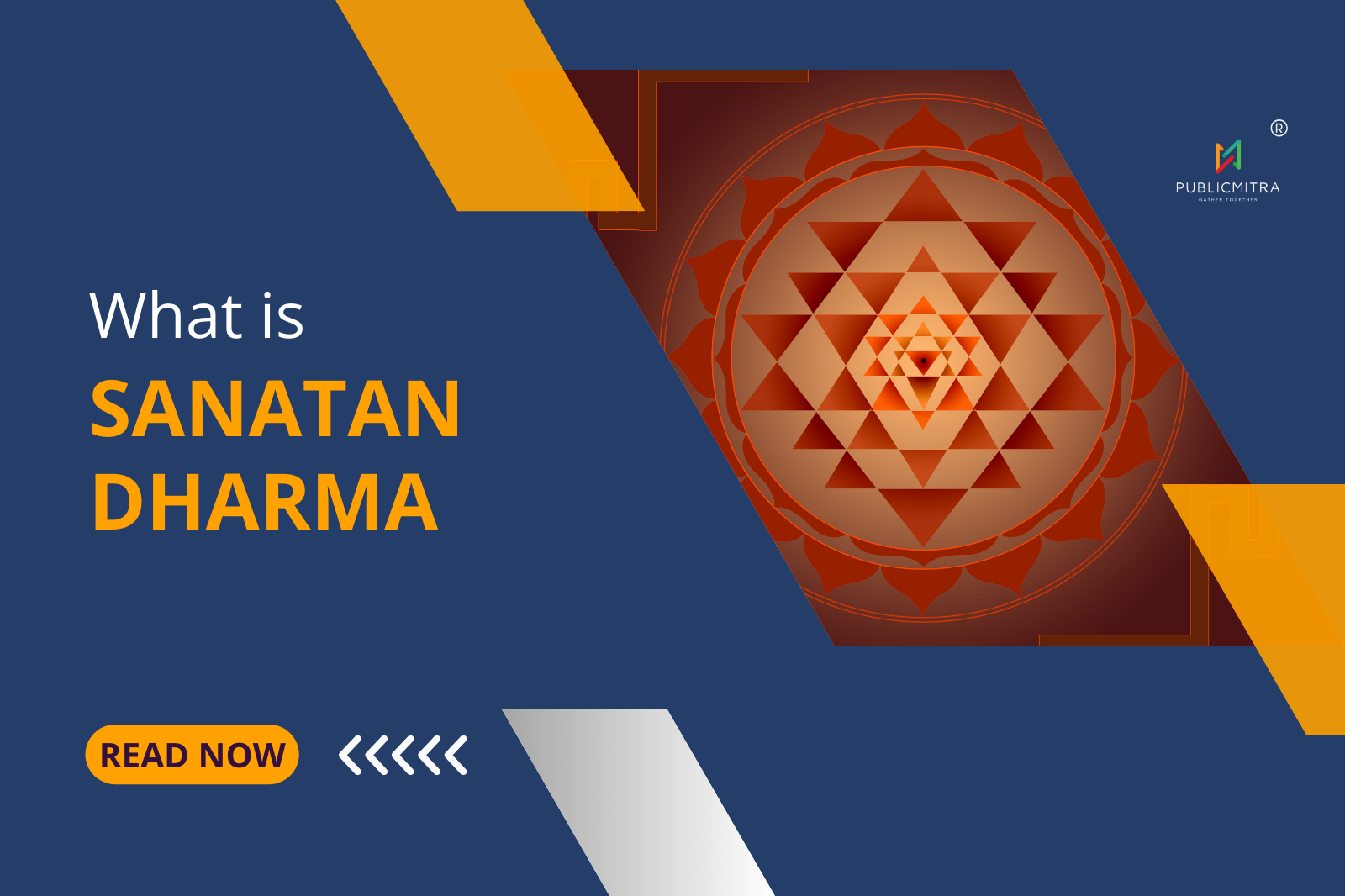What Is Sanatan Dharma
Sanatan Dharma also called Hinduism is simply the world’s oldest religion. It incorporates an extensive array of practices, traditions, as well as beliefs that have evolved more than thousands of years. The Sanatan Dharma term is derived from the Sanskrit language where Sanatan implies eternal and timeless and Dharma encompasses multiple meanings including law, duty, righteousness, and religion. Hence, Sanatan Dharma word can be understood as an enduring and timeless religion.
This blog highlights all about the Sanatan Dharma key principles! Let’s begin with this guide! Happy Reading!
Sanatan Dharma Key Principles
Listed below are a few key principles of Sanatan Dharma that you can check:
- Karma: The principle of Sanatan Dharma revolves around the Karma principle. It’s based on the concept that each action we actually take has repercussions, be it within our present life or in subsequent lifetime. Good deeds result in positive outcomes whereas bad deeds lead to adverse consequences. Through practicing positive actions as well as avoiding negative ones, it’s possible to shape a positive destiny for ourselves and the people around us.
- Dharma: Dharma is another vital principle of the Santan Dharma. Here, it signifies an individual’s duty or ethical obligation in life. Every person possesses a unique dharma which is based on their gender, occupation, caste as well as stage of life. By adhering to our dharma, we play an imperative role in the improvement of society thus promoting balance and harmony.
- Moksha: Moksha is another Sanatan Dharma goal that denotes the state of spiritual liberation, wherein one is completely free from the complete cycle of birth and death. To achieve moksha, one needs to live a life of virtue, execute selfless actions, and foster an unbreakable bond with the divine.
- Yoga: Yoga is a vital practice in Sanatan Dharma and it’s a comprehensive approach to achieving spiritual and physical well-being, encompassing breathing techniques, meditation, postures, and ethical principles. Through yoga practice, one can nurture inner peace, harmony, and balance.
- Ahimsa: Ahimsa is the essential concept that revolves around the non-violence principle. The principle is based on the trust that all living entities are unified and need to be treated with admiration and compassion. By embracing ahimsa, one can easily create a tranquil and harmonious world.
By embracing these timeless teachings, a person can lead a life of deep meaning, purpose as well as spiritual fulfillment. It doesn’t matter whether you are a Sanatan Dharma follower or interested in its teachings, the fact is these fundamental principles provide valuable guidance and deep insights into the journey towards spiritual enlightenment. Rare companies in India aim to raise India’s rich culture on national and global levels both.
Takeaway
So, let’s end this post with the hope that you are now aware of the Sanatan Dharma and its key principles. Sanatan Dharma often referred to as Hinduism is a complex and ancient religion that has developed over thousands of years. It includes a wide spectrum of beliefs, rituals, and philosophies thus making it the world’s most varied and complex religion.











